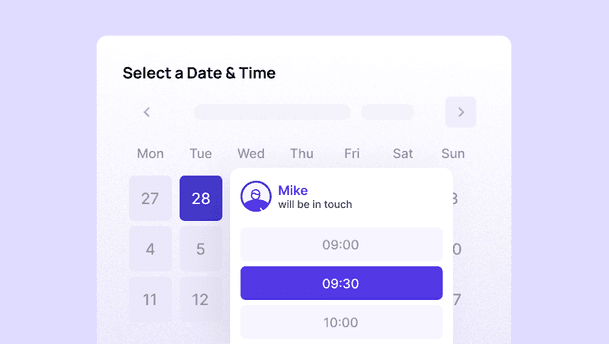In a world where users expect personalized online experiences, adaptive websites are key to meeting audience needs and driving conversions. However, many digital teams still rely on a generic website strategy , seeing adaptive features as too complex or costly to implement.
This article will walk you through the core elements of adaptive strategies, giving website strategists practical steps to incorporate adaptivity from the beginning. Using examples from a fictional company, Acme Lease, we’ll show how adaptive planning at the beginning can create a more engaging, personalized user experience from day one.
Understanding Adaptive Websites
An adaptive website adjusts content and layout based on each visitor’s needs, going beyond simple responsive design. For example, Acme Lease, a fictional car leasing company, might present different leasing options to corporate clients and individual consumers, ensuring each visitor finds relevant content.
Why does this matter?
This adaptive approach significantly boosts engagement and conversions by connecting with users on a personal level. Paired with a clear website optimization strategy, adaptive websites help teams improve the quality of leads and reduce the risk of building a low conversion rate website.
By starting with adaptivity in mind, you’ll create a website that feels responsive and relevant from the very first click, building connections with diverse users segments.
The complete guide to creating adaptive websites
For a comprehensive guide on implementing adaptive strategies for your own website, check out the complete guide to creating adaptive websites or watch the expert training video.









